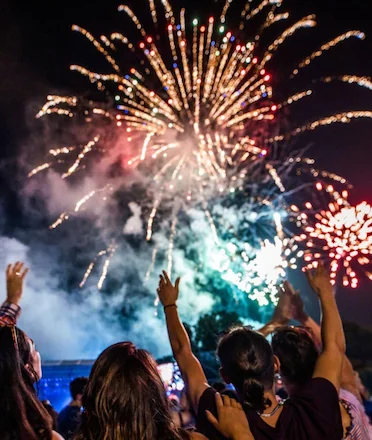Bali offers more than just exhilarating concerts and soulful music festivals; it also hosts various cultural celebrations that showcase the island's rich heritage. Dive into the essence of Bali by attending renowned festivals like Saraswati, honoring the goddess of knowledge, and Nyepi, the Balinese Day of Silence marking the New Year.
Discover the best of Bali's cultural occasions in this guide and immerse yourself in unforgettable experiences that truly capture the spirit of the island. From vibrant parades to religious holidays, Bali encourages visitors to partake in creative events that highlight the unique local culture of each region.
Don't miss out on these extraordinary festivals in Bali, occurring year-round across the island. Join the celebrations to learn, explore, and create lasting memories in this paradise of art and culture.
Bali's Must-Experience Annual Art and Cultural Festivals
Bali Art Festival
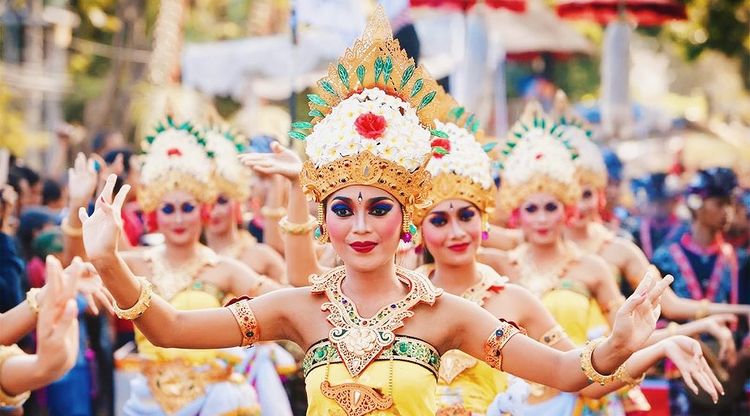
The Bali Arts Festival celebrates Bali’s traditional and unique arts. The yearly festival began in 1979 with the goal of preserving Balinese culture and recreating the island’s most creative forms. It now includes art, dance, handicrafts, puppetry, music, and much more, with performers from villages and towns across Bali, as well as other parts of Indonesia and the world. The month-long festival kicks out with a big opening parade at the Bajra Sandhi monument in Renon, Denpasar, and several events in the Werdhi Budaya Arts Centre (also known as the Bali Arts Centre)
Bali Arts Center
Jl. Nusa Indah No.1, Panjer, Denpasar Selatan, Kota Denpasar, Bali 80236
Phone: +62 361 227 176
Website
Instagram
Bali Kite Festival
In July and August the windy season in Bali
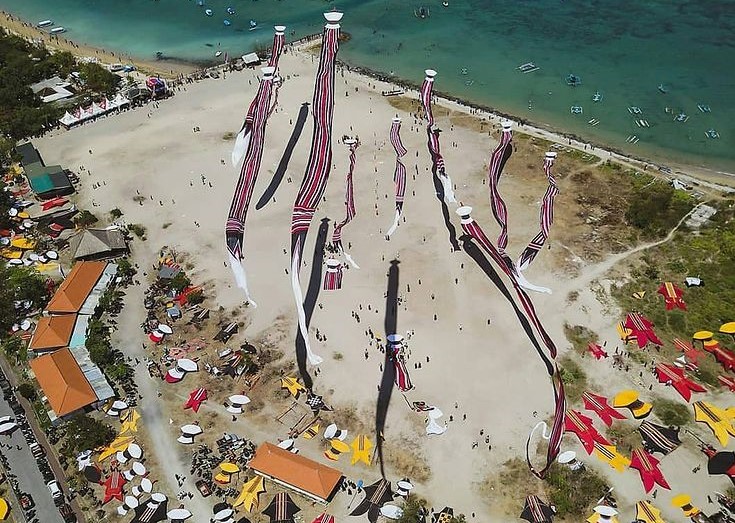
The Bali Kite Festival honors the Balinese love of kite flying while also honoring the Hindu gods for a healthy crop harvest. The festival takes place near Sanur, on the shore near Denpasar, and attracts guests from all around Indonesia and beyond. Balinese kites, which are often 10×4 meters in size (with tails up to 150 meters long), are flown by teams representing different towns. Common designs include fish, birds, and foliage. There are prizes for the best launch, best design, and longest flight, among other categories.
Galungan & Kuningan
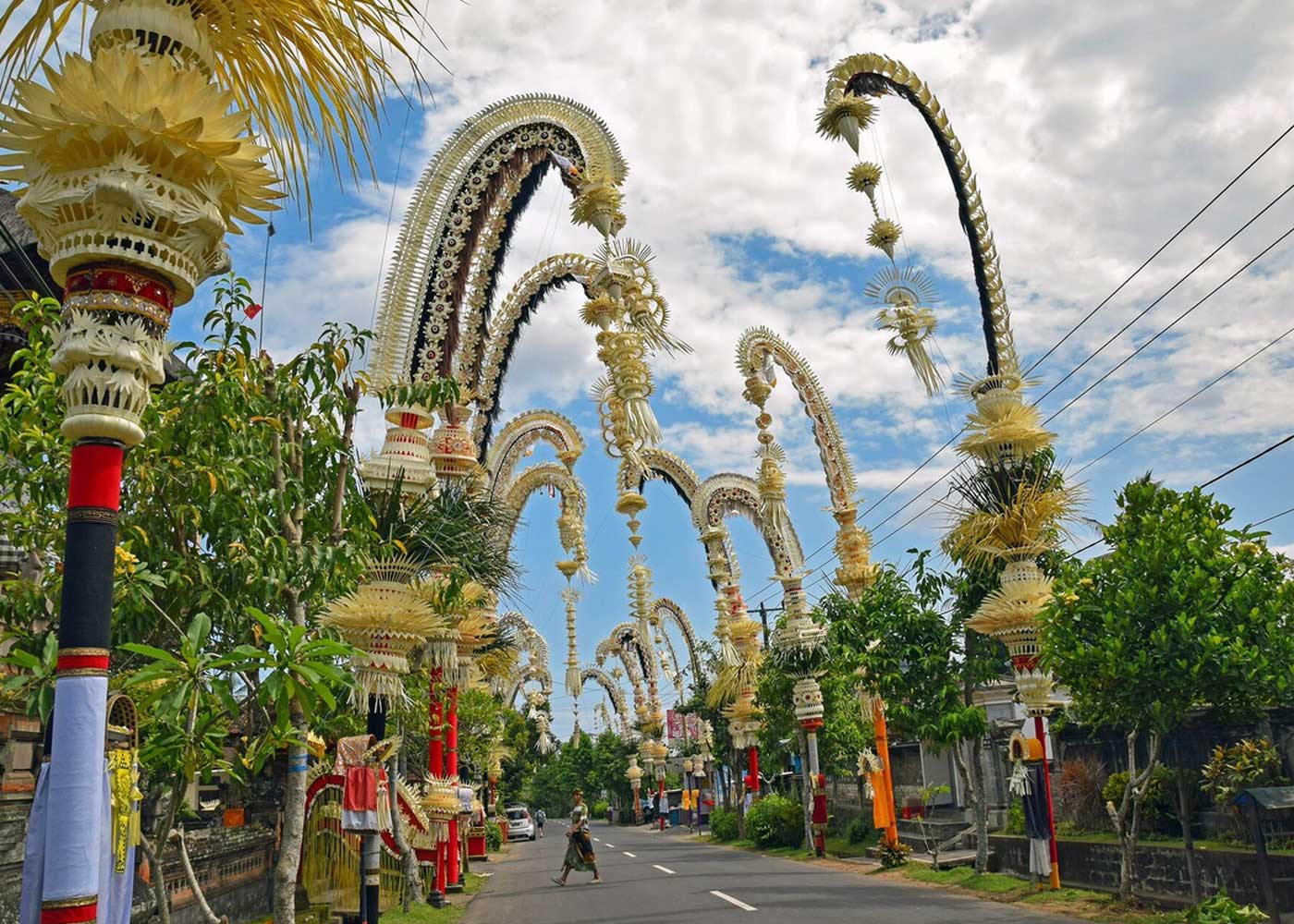
Galungan is a 10-day festival that commemorates the triumph of good (dharma) over evil (adharma). Balinese Hindus believe that the gods descend to earth to join in the festivities and that the spirits of the deceased will return to their homes if offerings are left for them — look for penjor, which are tall poles decorated with fruit, leaves, and flowers and placed outside homes all over the island. This year it will occur in January and in June.
Saraswati

Saraswati Day honors Saraswati, the Hindu goddess of education, music, arts, wisdom, and learning, and occurs every 210 days on the Balinese calendar. People clean and dust their books the day before the celebration, and then make offerings to Saraswati on the day of the event. To emphasize the significance of the study, these presents are generally put inside books. Pagerwesi, which falls three days after Saraswati Day, is held to defend knowledge from evil (Pagerwesi literally means “iron barrier”).
Melasti: Bali's Annual Purification Ceremony Before Nyepi
Melasti is an important annual Hindu Balinese purification ceremony held a few days prior to Nyepi, the "Day of Silence." The ritual involves prayers, cleansing rituals, and the symbolic act of acquiring the Tirta Amerta, "the water of life," to purify oneself from sin and bad karma. Participants, donning traditional attire, gather at beaches and other water sources considered sacred in Hindu belief, to cleanse themselves and throw their impurities into the ocean.
Melasti is a crucial part of Bali's rich cultural and religious heritage, emphasizing the importance of spiritual renewal and starting anew in the Balinese Hindu tradition.
Nyepi
Known as the Balinese New Year, the belief behind this spiritual Balinese new year is simple: Nyepi’s purpose is to trick those demons, pretending there is “no life” on the island of Bali, so they can leave. You’ll see the symbolisation during the “Ogoh-Ogoh” day, Balinese people parade on the street with monster-like handmade creatures, which is dedicated to bring out / call the demons and to eventually destroy them.
Nyepi celebrations is mostly made up of two parts – The “Ogoh-Ogoh” event as mentioned, and Nyepi day, a 24 hour long silent day – where most Balinese would use to meditate. But there are more interesting facts about this non ordinary day…
10 FUN FACTS ABOUT NYEPI
Pengerupukan: The Night Where Good Triumphs Over Evil
As the sun sets over the enchanting island of Bali right before Nyepi Day, a palpable energy fills the air, signaling the tradition of Pengerupukan. This captivating and vibrant event offers a unique glimpse into the island's rich history and spiritual traditions. From the origin and background to the lively Ogoh Ogoh parade, this article explores the essence of Pengerupukan and provides essential tips for those eager to witness the festivities. Read More
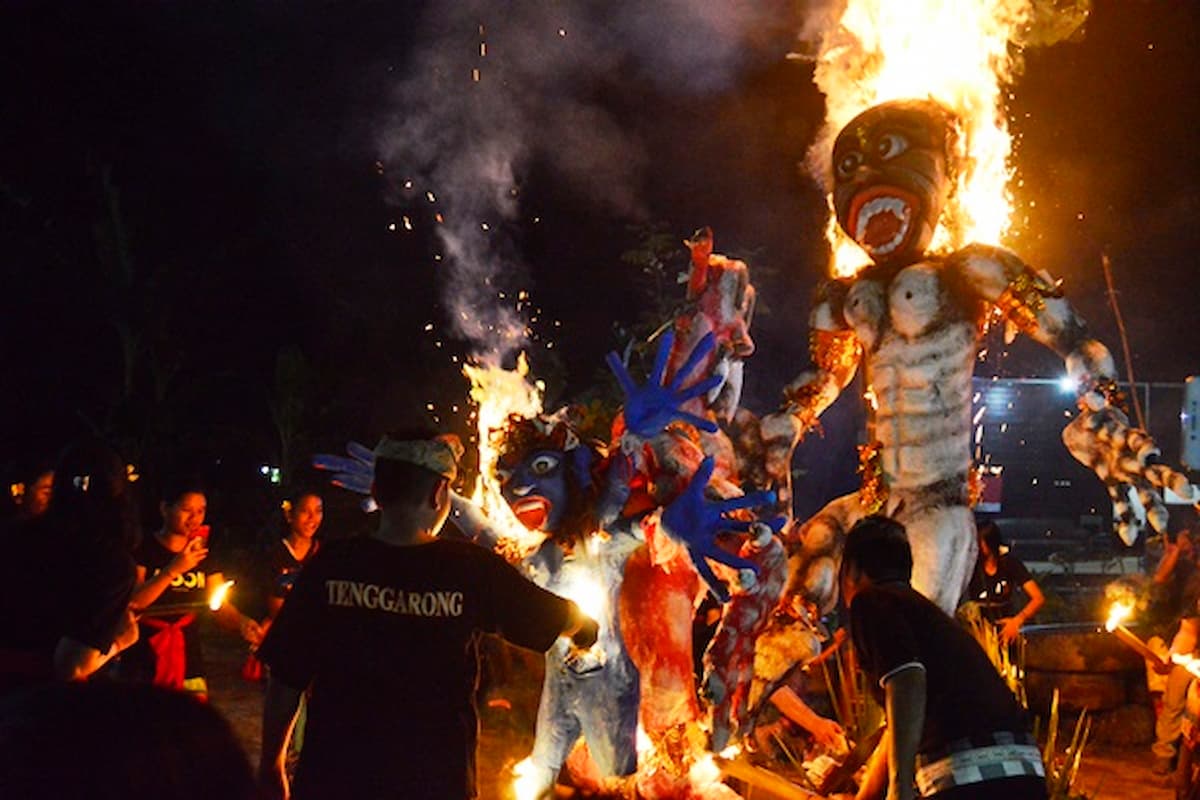
Read Also Bali Music and Festivals Calendar 2024 & 2025: Your Ultimate Guide to Annual Events, DJ Parties, and Concerts



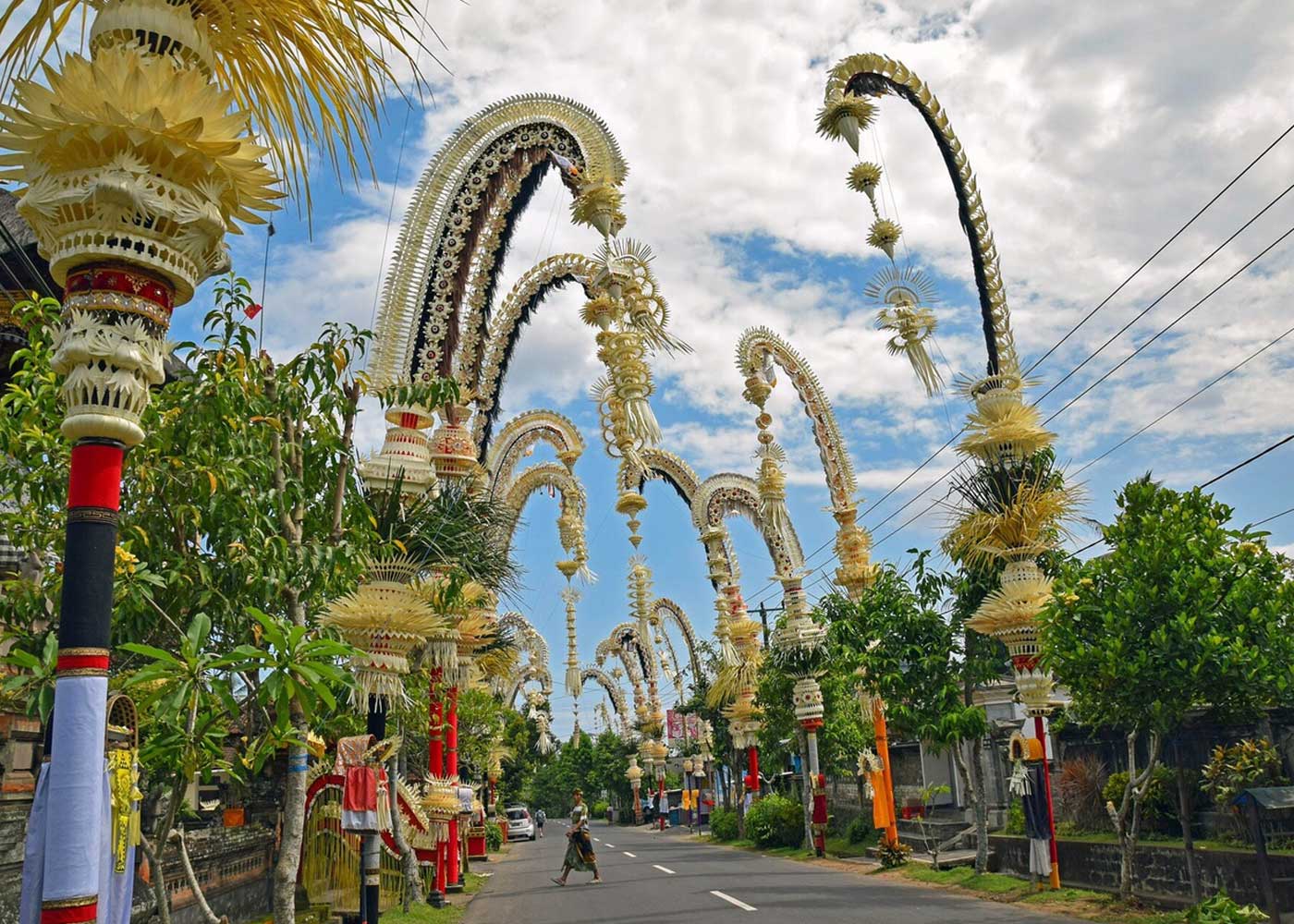
 Chyntia .DW
Chyntia .DW
 Dec 16, 2025
Dec 16, 2025
